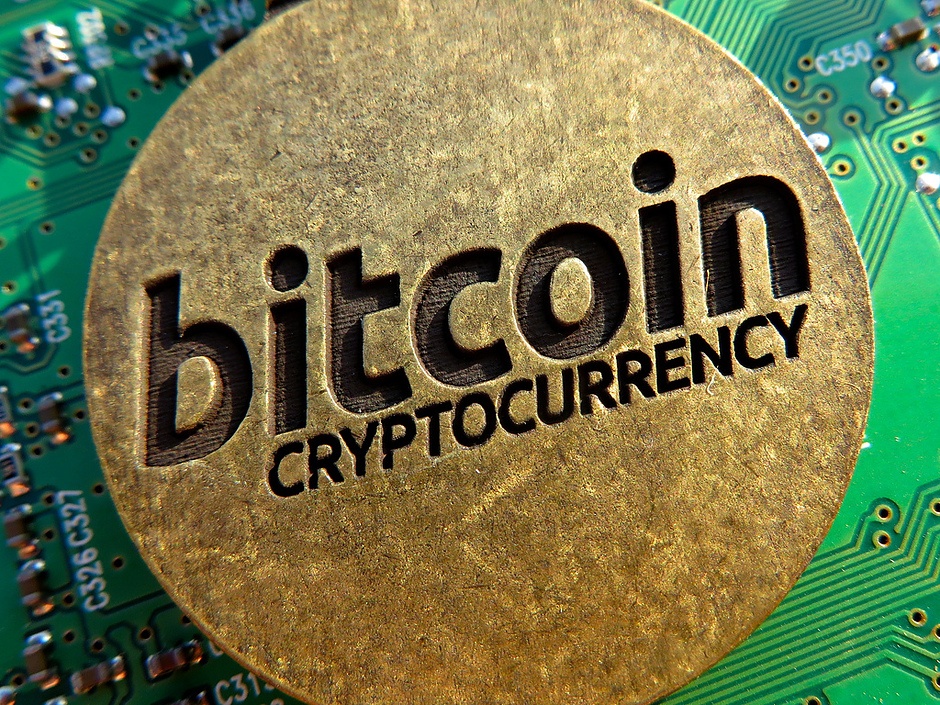CBDCs could have a major impact on Bitcoin price and its store of value properties
- Central banks around the world are working on their digital currencies.
- Banks and financial institutions to adopt stablecoin as a medium of exchange (MoE).
- The Bank of Canada stated that central bank digital currencies are for everyday retail use.
- The launch of central bank digital currencies is likely to affect the demand for Bitcoin across exchanges.

The two major use cases for Bitcoin are its utility as a medium of exchange (MoE) and as a store of value (SoV). The launch of central bank digital currencies (CBDC) will likely impact Bitcoin’s relevance as a store of value.
Central Bank Digital Currencies to impact demand for Bitcoin
In its latest report titled “The positive case for a CBDC,” the Bank of Canada discusses the underlying motivations of central banks in issuing stablecoins. Bank mandates tend to change slowly. The current mandate for the provision of banknotes is motivated by the recognition that safe and trustworthy bank notes are essential for efficient trade.
With a centrally issued stablecoin, the intent is to digitize currency and use the centrally issued digital currency for retail transactions and settlement between institutions in the economy.
China’s CBDC, the e-Yuan, has so far been tested across a vast range of scenarios, including paying utility bills, catering services, transport, and retail. It is important to note the difference between digital cash and CBDCs before we ascertain its role in the economy.
The People’s Bank of China (PBOC) has stated in its whitepaper that unlike digital cash used in payment wallets, e-Yuan will be M0 of money supply. M0 includes paper notes, coins, and settlement balances that commercial banks hold with the federal reserve. Classifying a CBDC as M0 also implies that it rules out interest payments and does not require a bank account.
CBDCs are unlikely to have the privacy-preserving characteristics of cash or Bitcoin. The Economist magazine called CBDCs “the Anti-Bitcoin,” which may be suitable for its lack of anonymity. Bitcoin has its utility due to ease of use and cross-border transfers without KYC and an intermediary. In its early days, Bitcoin gained popularity from international payment transfers and speculation.
BTC emerges as an asset class ahead of CBDC implementation globally
In April 2021, ahead of Coinbase’s listing on Nasdaq, Coinbase CEO Brian Armstrong said in a letter included in the company’s filing documents,
People are using cryptocurrency to earn, spend, save, stake, borrow, lend, vote and perform many other types of economic activity.
Of the functions mentioned above, CBDCs are likely to take over earning, spending, borrowing, and lending. Barring major economic activities, there will still be the need for earning anonymously through Bitcoin investments.
In 2021, several regulatory authorities and financial watchdogs have cracked down on payment processors and banking institutions that cater to cryptocurrency exchanges. The introduction of CBDCs comes with surveillance from the federal reserve (in China); this is likely to lead to a drop in exchange deposits and demand for Bitcoin in BTC markets where it is traded against fiat currencies.
Mathew McDermott, Goldman Sachs’ global head of digital assets, said,
Bitcoin is now considered an investable asset. It has its own idiosyncratic risk, partly because it’s still relatively new and going through an adoption phase.
Assets are relatively volatile, unlike the Bitcoin whitepaper’s definition of “peer-to-peer digital electronic cash,” BTC may be traded like an asset. The launch of CBDCs and their adoption directly competes with Bitcoin to provide a better store of value. Bitcoin’s utility is then limited to that of an investment instrument. A large number of JPMorgan clients have requested crypto and Bitcoin investments, seeing it as an asset class. Mary Callahan Erdoes, the company’s director of asset & wealth management, said
A lot of our clients say, ‘That’s an asset class, and I want to invest,’ and our job is to help them put their money where they want to invest.
Author

Ekta Mourya
FXStreet
Ekta Mourya has extensive experience in fundamental and on-chain analysis, particularly focused on impact of macroeconomics and central bank policies on cryptocurrencies.





